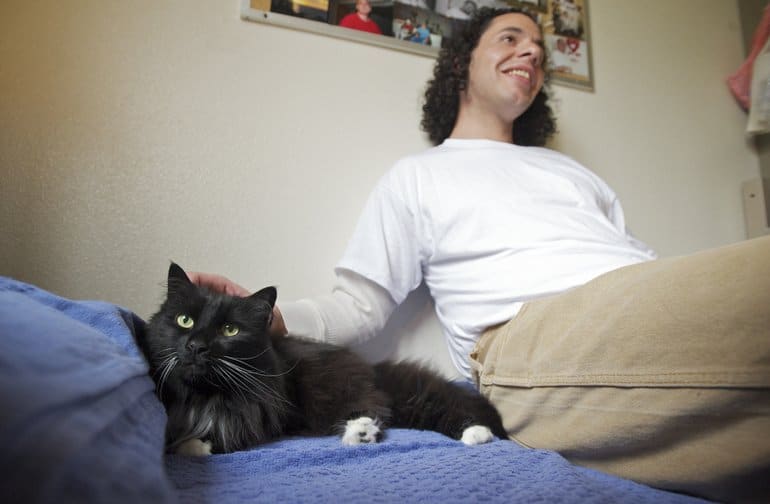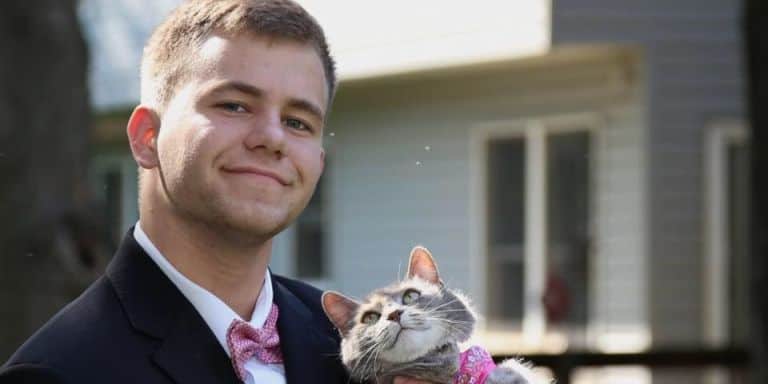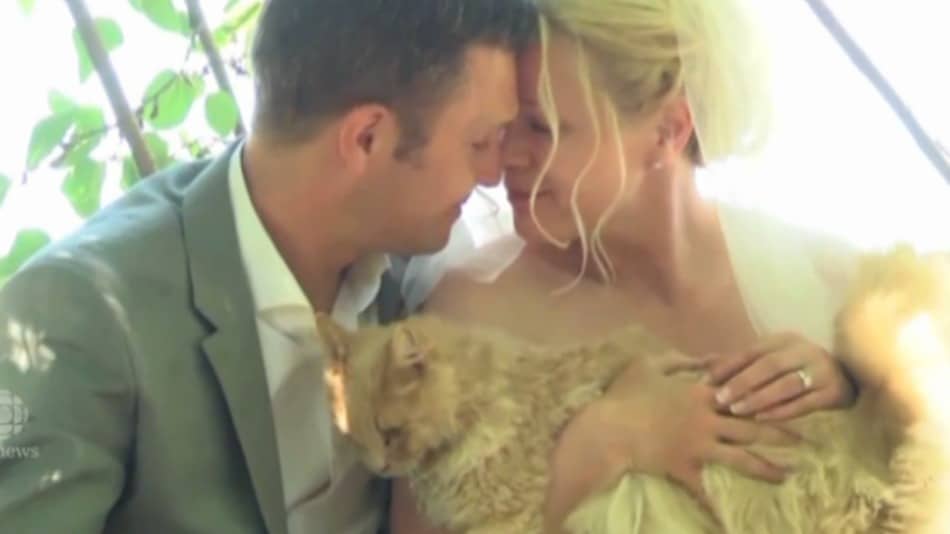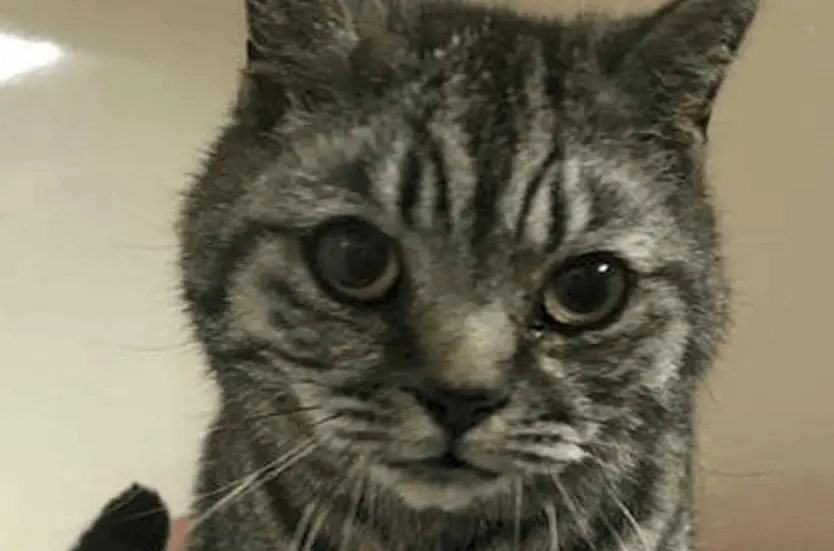It’s 3 AM. The world is quiet. You’re snuggled under the covers, dreaming peaceful dreams. Suddenly, you hear it—the unmistakable thundering of tiny paws galloping down the hallway. Maybe there’s even a yowl for dramatic effect. Welcome to the wild, wonderful world of cat zoomies.

What are these nighttime bursts of energy all about? Why do our feline friends seem to transform into acrobats at the oddest hours? And, perhaps most importantly, should you be worried? This article dissects the science, triggers, and benefits of these chaotic episodes.
What Are Cat Zoomies?
If you’ve noticed your cat darting around the house with wide eyes, exaggerated leaps, and an almost comical urgency, you’ve witnessed what cat enthusiasts dub “zoomies.” Scientifically, these episodes are called Frenetic Random Activity Periods, or FRAPs—a fittingly technical name for something that’s equal parts hilarious and endearing.
Zoomies are short bursts of intense energy that cats (and some other animals) use to expend pent-up energy. While they’re most often just a normal part of feline behavior, their timing can leave cat owners puzzled—and occasionally sleep-deprived. But don’t worry; there’s a fascinating logic behind this midnight madness!
Why Cats Get the Zoomies
Zoomies aren’t random—there are several reasons why your cat might channel their inner chaos goblin. Here are the most common culprits:
1. Pent-Up Energy
Cats are natural predators. Even if your cat spends their days lounging on the couch, that deep-seated need to hunt and prowl is still part of their DNA. Zoomies provide an outlet for all that unspent energy, especially for indoor cats that don’t get as much physical activity. Think of zoomies as their version of hitting the gym—fast and intense.
2. Hunting Instincts
For a cat in the wild, hunting isn’t just a skill; it’s life or death. Domestic cats don’t need to chase mice for dinner (thank goodness), but those instincts remain hardwired. Many behaviorists believe that zoomies mimic the pouncing, running, and chasing behaviors a cat would exhibit while hunting prey. Your living room just happens to double as their jungle.
3. Sensory Overload
Cats experience the world with heightened senses—imagine wearing a pair of virtual reality goggles but for sound, smell, and movement. Sometimes, all that sensory input becomes overwhelming, and cats may explode into a flurry of movement to blow off excess nervous energy.
4. Stress Relief
Believe it or not, stress can also trigger zoomies. Just like humans might go for a run to clear their heads, cats may sprint around to release anxiety or nervous energy. Big changes, like moving to a new home, or even something as minor as a rearranged chair, might be the spark behind their midnight antics.

Cat Zoomie Triggers to Watch For
Although zoomies can strike without warning, certain activities or routines can predispose your cat to an impromptu race around the house.
1. Playtime
Fun fact—intense play sessions can often trigger zoomies. Ever noticed how, after joyfully chasing their feather wand, your cat bolts around the room? That’s their version of cooling down post-workout.
2. Post-Nap Sprints
Cats spend roughly 12-16 hours a day sleeping. When they wake up from snoozing—especially after a deep REM cycle—they’re like little furry rockets recharging. Expect some pent-up energy in the form of zoomies after they stretch, yawn, and limber up for action.
3. After Grooming
Ever witnessed your cat licking themselves into a light frenzy, only to leap off their perch and run like the wind? Strange but true—many cats get the zoomies after an intense grooming session. This might be their way of shaking off overstimulation.
4. Post-Litter Box Races
Ah, the infamous “poop zoomies.” While there’s no definitive explanation, some speculate it’s the thrill of liberation (if you catch my drift) or simply their way of celebrating a job well done. Others think it’s about masking their scent—the instinct to distance themselves from where they did their business.
The Upside of Zoomies
Zoomies aren’t just amusing for cat parents—they come with genuine benefits that are important for your cat’s overall health and happiness.
- Physical Exercise: Especially in indoor cats, zoomies serve as vital physical exercise. They promote cardiovascular health and help prevent obesity, a common issue for house cats with no opportunities to ‘hunt’ or roam.
- Mental Stimulation: Zoomies keep your cat’s brain firing on all cylinders. Whether they’re engaging in mock hunting or just enjoying the thrill of motion, FRAPs tap into their mental agility and keep them sharp.
- Stress Relief: Just like humans need to vent anxiety from time to time, zoomies provide a much-needed “release valve” for your cat’s emotional well-being. A zooming cat is rarely a bored or unhappy cat.
When Zoomies Might Be a Red Flag
While zoomies are usually nothing to worry about, it’s worth monitoring your cat’s behavior to ensure there isn’t an underlying issue at play.
- Excessive Zoomies: If your cat seems to have endless or overly frequent episodes of zoomies, it could be a sign that they’re not getting enough physical or mental stimulation. Ensure they have ample toys, climbing structures, and regular play sessions.
- Accompanying Symptoms: If zoomies are paired with symptoms like a change in appetite, unusual litter box behavior, or lethargy, it may indicate a deeper health issue. Reach out to your veterinarian if anything feels off.
- Pain or Discomfort: Occasionally, cats in pain may act out erratically, including bursts of running or yowling. If your cat’s zoomies don’t seem playful or if their behavior changes drastically, consult a specialist to rule out discomfort.
How to Help Your Cat Zoom Happily
Zoomies are a part of life with cats, but you can make them more enjoyable (and less disruptive!) with some proactive steps:
- Schedule interactive play sessions to help them burn energy throughout the day.
- Invest in engaging toys like feather wands or puzzle feeders.
- Provide vertical spaces, like cat trees or shelves, to satisfy their climbing instincts.
- Establish a consistent feeding and play routine to match their natural rhythms.
Celebrate the Chaos
Cat zoomies are one of the many quirks that make our feline friends endlessly entertaining. They’re an expression of joy, instinct, and energy—proof that even the smallest creatures can bring the grandest moments of delight. The next time your cat goes full ninja mode at 3 AM, just remember—you’re witnessing a very normal (and very adorable) part of cat life.
And hey, maybe it’s a sign that your cat deserves an extra toy or two as a reward for being their fabulous, zooming self.
The Catington Post is reader-supported. That means, if you make a purchase through links on our site, we may earn an affiliate commission. All images and names which are not the property of The Catington Post are the property of their respective owners.




